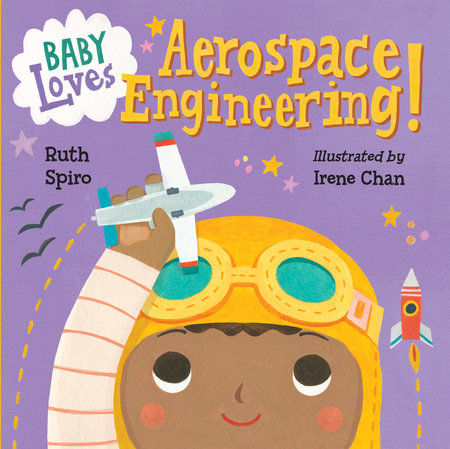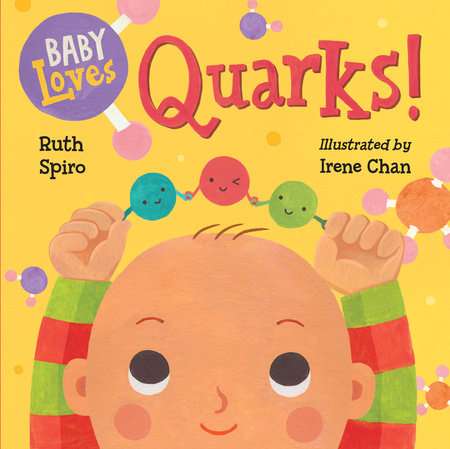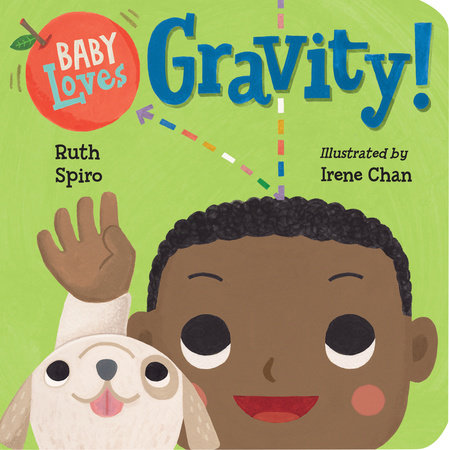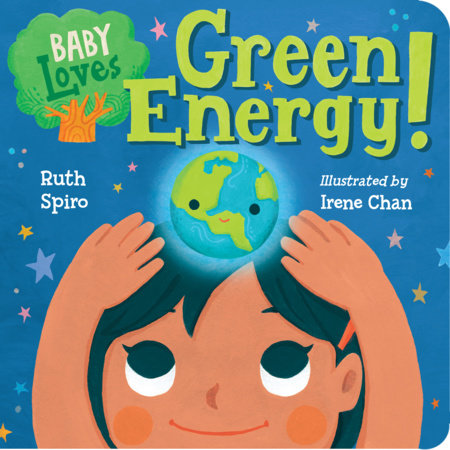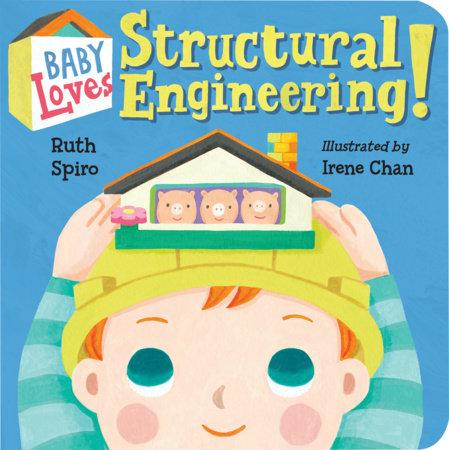Sparking Babies’ Scientific Curiosity One Story at a Time: A Look at the Baby Loves Science Series
by the Brightly Editors
Do you remember what a quark is? Or how a bird’s wing is engineered for flying? If those questions give you pause, you’ll likely get a big kick out of the Baby Loves Science series — right alongside your little one. The books, which are designed for babies and toddlers but are great for preschoolers and grown-ups too, are a wonderful introduction to scientific concepts like aerospace engineering, thermodynamics, and molecules. Think those ideas are too big for babies to grasp? Not so says Ruth Spiro, author of the Baby Loves Science series. We chatted with Ruth to learn more about the very smart way in which she makes science accessible, relatable, and fun for little ones — and how babies are really natural-born scientists.
Was there a particular scientific concept, or theory, that first inspired you to write the Baby Loves Science books? An idea you thought babies and toddlers would connect with?
When I decided to write the Baby Loves Science series, I started with a list of things that would be familiar to a baby or toddler — activities like watching a bird fly, building a tower with blocks, and dropping crackers from a high chair just to watch them fall. Then, I thought about how they related to a complex scientific concept. Without context, the idea of “science” is too abstract for a small child. But, when introduced through a story about something familiar, it becomes more accessible. That real-world experience becomes a key, unlocking the door to the science behind it.

In writing these books, my priority is always the child. First and foremost, baby’s books should be age-appropriate, visually appealing, and fun to read. Then, if I can find a way to include even the smallest nugget of science while also producing a giggle or two, I’ve done my job!
In many ways babies are natural scientists, observing the world around them, testing out new theories, seeing how things work. How do you think the Baby Loves Science books can encourage this innate curiosity?
Exactly! A baby’s job is to explore and experiment, because that’s how they figure out how the world works. My hope is that these books spark an interest, and then become jumping-off points for continued learning. Even if the science is new to parents, they can have fun learning right along with their children. By modeling curiosity and a willingness to investigate, they’re encouraging their child’s sense of wonder, as well.

To take it a step further, in addition to reading about science, children also benefit from active learning. So, Baby Loves Aerospace Engineering! could inspire a visit to the park to count birds, or Baby Loves Thermodynamics! may turn a supermarket run into a search for foods that grow on trees.
The great news is that encouraging this curiosity can have long-term benefits. A recent report issued by the Joan Ganz Cooney Center at Sesame Workshop confirms that introducing children to science activities and vocabulary from an early age helps them develop positive attitudes toward science and improves their problem-solving skills in all areas of learning.
I hope these books help parents and caregivers slow down, appreciate all the little things that babies find fascinating, and experience them together. When we view the world from a baby’s perspective, every day brings opportunities for discovering something new.
How do the Baby Loves Science books come together? How do you make sure the information is scientifically accurate?
Once I decide on a topic, I dive into the research. I’ll read books and articles, watch videos, talk with experts, and even take field trips if possible. While working on Baby Loves Quarks! I visited the Fermi National Accelerator Laboratory, about an hour from where I live, and toured an actual particle accelerator.
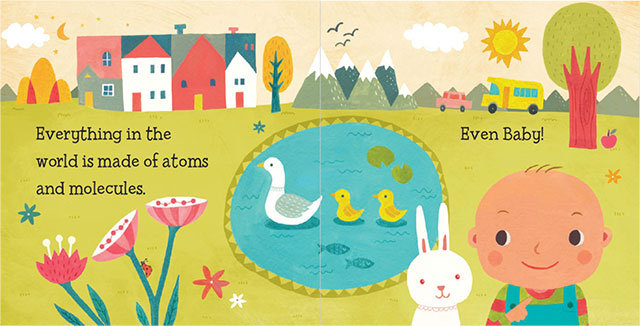
Throughout the writing process I regularly seek feedback, helping me to refine the story and its relationship to the science concepts. Our illustrator, Irene Chan, makes sure that each spread allows for unique and appealing visuals. Finally, our expert reviewer, Dr. Fred Bortz, closely checks both the text and illustrations for accuracy, requesting clarification and revision when needed. While the Baby Loves Science books may appear simple, they’re the result of collaboration between an entire team, because we all believe that our young audience deserves nothing less.
Did you learn anything about science while working on this series?
Writing about science for a very young audience has inspired me to look at the field with a fresh perspective. When I was in high school and college, I thought that learning science meant memorizing facts and formulas. While working on this series I’ve discovered that science is so much more than that, because it explains the interconnectedness of our world.
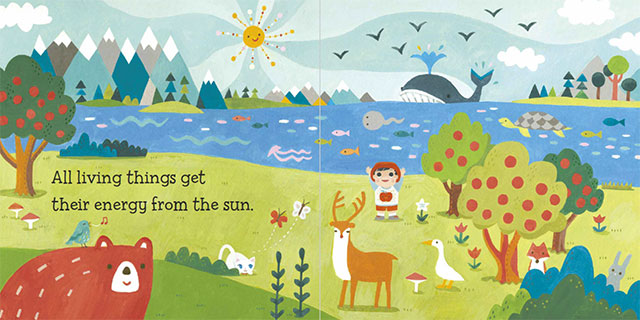
The second thing I learned is that it’s never too early to introduce children to this way of thinking. I received an email from a parent who’d been reading Baby Loves Aerospace Engineering! with her daughter. She mentioned that they’d be going on an airplane soon, and her daughter began talking about the airplane having wings, which it does not flap because it has engines to lift it into the air. The little girl may not yet understand the physics of flight, but she does know there’s a difference between a bird’s wings and an airplane’s wings, which is a brilliant beginning.
What other topics would you love to tackle for the Baby Loves Science series?
I still have a long list of possible topics, and it’s difficult to choose which to work on next because they’re all so interesting! But again, I only seriously consider those ideas I can relate to something familiar in baby’s world. Also, now that I’ve been reading to children at bookstores and festivals I see what they respond to and that influences my choices, as well. Surprisingly, while I first envisioned these as books for babies and toddlers it turns out that kids ages three to five really like them, too.
Keeping all of this in mind, I want to select topics with potential for multiple layers and levels of interest. I’m also looking at how I can explore topics that are already covered in children’s books, digging deeper into the science. One example is the weather — ask my family and they will tell you I’m obsessed with checking the forecast!
-
Books in the Series
-
-
Baby Loves Structural Engineering!
Also available from:

